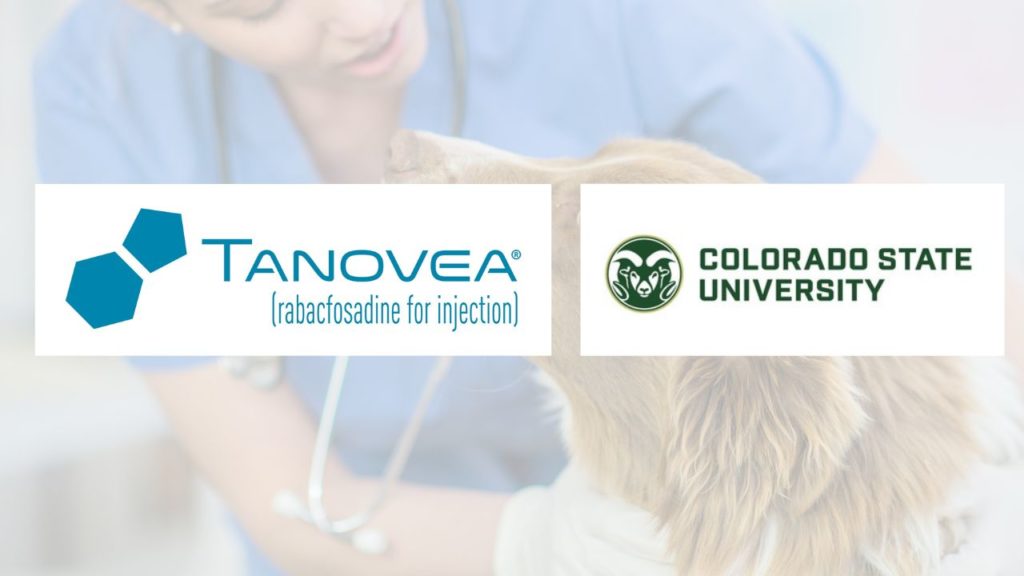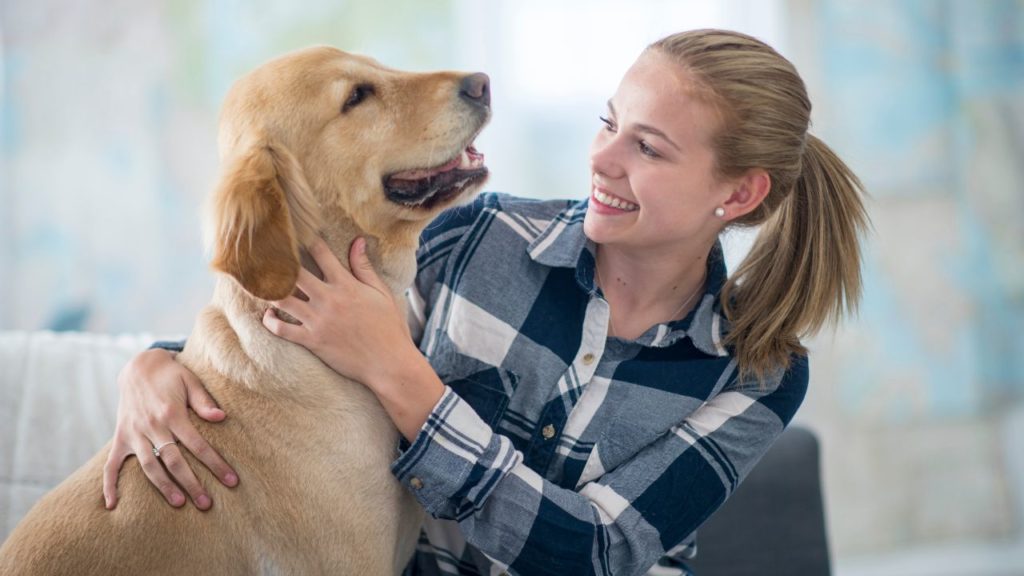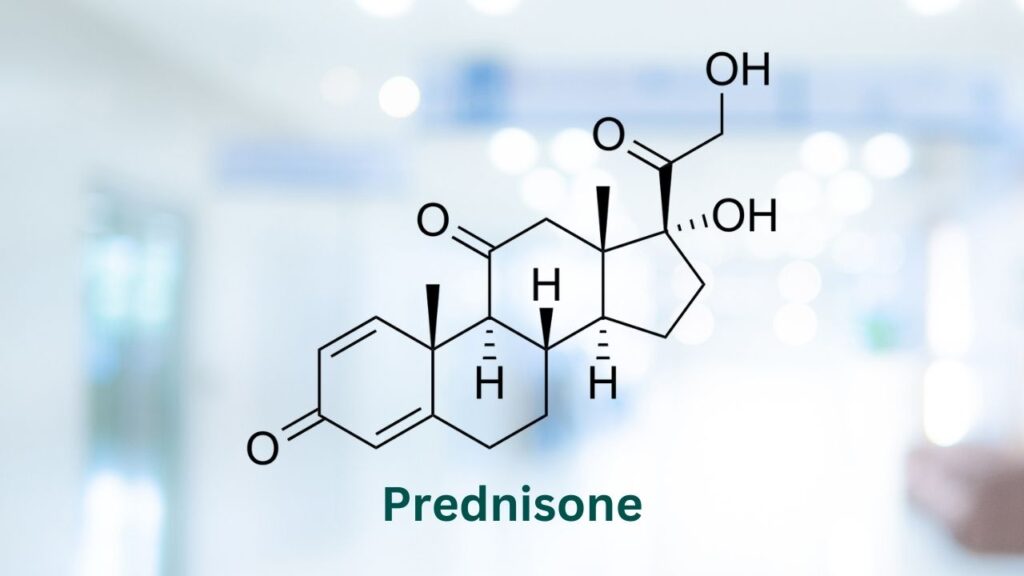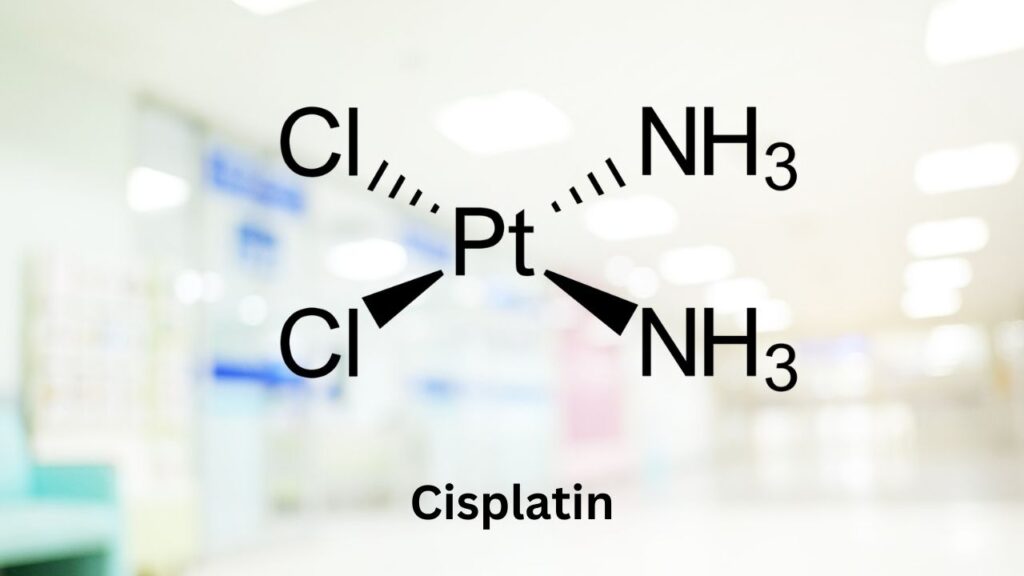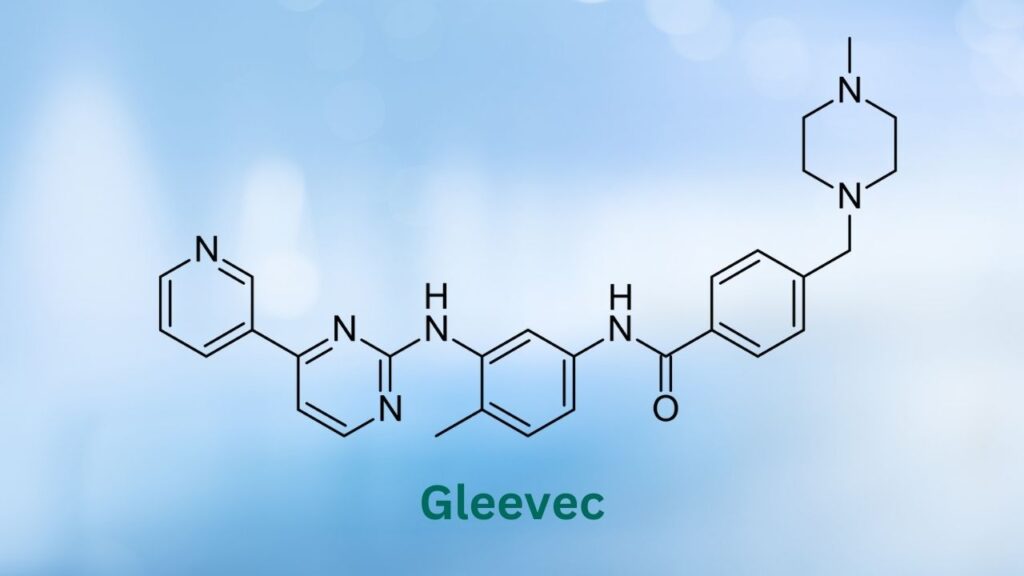In early 2021 Verdinexor (brand name Laverdia-CA1) was conditionally approved for the treatment of canine lymphoma in the United States. It is the first oral tablet to be approved for this purpose, which was exciting to the veterinary community, since the gold standard for lymphoma treatment to date, CHOP (a combination of injectable and oral chemotherapeutics adopted from human medicine) is not readily available or financially feasible for all families. We continue to learn more about Laverdia-CA1 for dogs.
Key Takeaways
- The main study performed on Laverdia showed an average response time of complete or partial remission of 29.5 days.
- Laverdia-CA1 is a chemotherapy drug for dogs in tablet form.
- So far, using Laverdia alone has had underwhelming results. Some dogs might experience longer remission, especially if Laverdia is combined with prednisone or other chemotherapy drugs.
- Side effects reported for this new drug include vomiting, diarrhea, lack of appetite, liver enzyme elevations, and others.
- In 2021 the FDA conditionally approved Laverdia for use in canine lymphoma. The conditional renewal can continue for up to four one-year periods, during which time we will learn more about its use and benefits. If it is found to be helpful, it will receive full FDA approval.
Laverdia-CA1 Is Conditionally Approved for Lymphoma
Laverdia-CA1 for dogs is a chemotherapy drug available in tablet form that is given by mouth and best absorbed with food.3
Laverdia was brought to market by the company Anivive Lifesciences, Inc. The FDA gave the company conditional approval for lymphoma in early 2021. Conditional approval means they can market Laverdia for a 1-yr period, with up to four annual renewals. During these five years, the hope is that Anivive Lifesciences, Inc will submit data that leads to full approval.2
Brand Names
Laverdia-CA1 is the brand name for verdinexor tablets.
How Laverdia CA-1 Works
Laverdia is a “targeted therapy,” meaning it targets cancer cells and is unlikely to harm normal cells.
The healthy cells in your dog’s body naturally contain tumor suppressor proteins. These proteins trigger apoptosis (natural cell death) if a cell’s DNA becomes damaged or deranged.
Laverdia targets the transport protein XPO1. In a healthy dog, the transport protein XPO1 keeps balance in the cell by binding excess tumor suppressor proteins and removing them from the cell’s nucleus.
When a dog has cancer, the cancer cells produce extra XPO1. The extra XPO1 binds to and removes even more tumor suppressor proteins. By removing tumor suppressor proteins that trigger apoptosis, the cancer cell can continue to live.
What Laverdia (verdinexor) does is bind to the XPO1s.1,3,4
- If the XPO1 binds to Laverdia, it can’t bind to tumor suppressor proteins.
- This allows the tumor suppressor proteins to stay in the nucleus, triggering apoptosis to destroy the cancerous cell.
What We Know So Far About Laverdia-CA1 for Dogs
While some dogs might experience longer remission, especially if Laverdia is combined with prednisone or other chemotherapy drugs, results have been underwhelming. 4
The main study looked at 58 client-owned dogs who had either newly diagnosed lymphoma or were in the first relapse after an initial chemotherapy regimen. These dogs were broken into groups that received either a higher or lower dose of Laverdia three times weekly, or a lower dose twice weekly that was increased to three times weekly if well tolerated. 4
The average response time (time spent in complete or partial remission) for all dogs enrolled was 29.5 days, ranging from 7-244 days.
Dogs going through their first treatment had a slightly longer response. The average response time for first treatment cases was 36.5 days. For dogs that had previously been treated with another chemotherapy regimen and relapsed, it was 22 days. 4
Results were similar across dosing groups.
Three veterinary oncologists who have used Laverdia in their own practices discuss their experiences in this episode of DOG CANCER ANSWERS.
How Laverdia Is Commonly Used
Laverdia is conditionally approved for use in canine lymphoma only, meaning it violates US federal law to use it for any other condition at this time.
Future studies are expected to evaluate Laverdia for other cancers, as it has shown potential against canine mammary carcinoma, mast cell tumors, melanoma, osteosarcoma, and transitional cell carcinoma.3
Laverdia can also be used as a “bridge” to tide over a dog with lymphoma while waiting for an appointment with an oncologist or deciding if you want to pursue chemotherapy. Unlike prednisone, starting Laverdia before chemotherapy does not appear to make chemo less effective.
When to Not Use Laverdia
Laverdia should not be used in female dogs that are pregnant or nursing or in male dogs intended for breeding because it could negatively impact fertility and cause birth defects in puppies. Accurate dosing can be challenging in dogs weighing less than 9kg (19.8 lbs). 1,3,4
Currently, no studies have been conducted to evaluate potential drug interactions with Laverdia. However, during the clinical trials, it was given along with several other medications, including antacids, antibiotics, corticosteroids, opioids, and treatments for vomiting and diarrhea. 1,3,4
Laverdia is primarily metabolized through glutathione conjugation, mainly in the liver. The label suggests caution be used if combining it with other medications processed this way, such as acetaminophen, several chemotherapeutic agents, and the antiparasitic Spinosad.1,3,4,5
We recommend clearing any new medications or supplements with your veterinarian first.
How to Give Laverdia-CA1 for Dogs
Laverdia is a prescription medication that can be given at home under the guidance of a veterinarian. It typically starts at a lower dose twice weekly and then increases or decreases depending on response. 1,3,4
You should wear protective, disposable, chemotherapy-resistant gloves when handling the tablets.
Children and women who are pregnant or may become pregnant should not handle this drug and must avoid body fluids from treated dogs for three days after each dose.1,3,4
Dogs should be fed immediately before getting their Laverdia dose because it is much better absorbed with a meal.
What If I Miss a Dose?
It happens! Don’t give an extra dose, and check with your veterinarian. Still, generally speaking, if your pet’s monitoring lab work has been normal and they are tolerating treatment well, it’s okay to resume your normal dosing schedule.
Storage and Handling
Laverdia should be stored at a controlled room temperature between 68-77 degrees F. This is chemotherapy, so don’t store it near food or food preparation areas.
Wear protective chemotherapy-resistant gloves when handling treated dogs’ toys, food, and water bowls. For three days after treatment, wash food and water bowls and items that have come into contact with feces, urine, vomit, or saliva from a treated dog separately. 1,3,4
Safety and Side Effects
Reported side effects include:
- Vomiting
- Diarrhea
- Anorexia (not wanting to eat)
- Liver enzyme elevations
- Lethargy
- Anemia
- Low platelet counts
- Occasionally, kidney problems
Laverdia can cause adverse reproductive effects in animals and humans, including birth defects and reduced fertility. Children and pregnant women shouldn’t handle or come into contact with treated dogs’ feces, urine, vomit, or saliva for 72 hours after the last dose.1,3,4
Our Take
The gold standard for lymphoma treatment remains CHOP. It provides the longest remission and survival times. That said, this protocol is not an option for all families, nor are all patients good candidates.
While the results with Laverdia have been somewhat disappointing, it does provide an additional tool in the proverbial shed, and may be a good option for:
- Patients waiting to be referred to a veterinary oncologist for more intense treatments
- Owners who have decided against additional diagnostics or treatments
- After a dog has come out of remission
Individual cancer treatment plans can vary widely. If you are facing a lymphoma diagnosis with your dog, talk to your veterinarian or veterinary oncologist frankly about your goals, wishes, and concerns so they can best help guide you in finding a treatment plan for your family.
- Laverdia™-Ca1 (verdinexor tablets) (no date) Dechra is an international veterinary pharmaceuticals and related products business. Available at: https://www.dechra-us.com/our-products/us/companion-animal/dog/prescription/laverdia-ca1-verdinexor-tablets (Accessed: November 19, 2022).
- Medicine C for V. Conditional Approval Explained: A Resource for Veterinarians. FDA. Published online December 8, 2020. Accessed November 19, 2022. https://www.fda.gov/animal-veterinary/resources-you/conditional-approval-explained-resource-veterinarians
- Plumb DC. Glucosamine. Plumb’s Veterinary Drugs https://app.plumbs.com/drug-monograph/kJWIDAfFGrPROD. Updated May 2020. (Accessed: November 14, 2022)
- LAVERDIATM-CA1 (verdinexor tablets). dailymed.nlm.nih.gov. https://dailymed.nlm.nih.gov/dailymed/fda/fdaDrugXsl.cfm?setid=b4e1ffc1-3518-4061-8ee1-5195b0302965
- Glutathione Conjugate – an overview | ScienceDirect Topics. www.sciencedirect.com. https://www.sciencedirect.com/topics/chemistry/glutathione-conjugate
Laverdia™ is trademark of Anivive Lifesciences, Inc.
Topics
Did You Find This Helpful? Share It with Your Pack!
Use the buttons to share what you learned on social media, download a PDF, print this out, or email it to your veterinarian.

